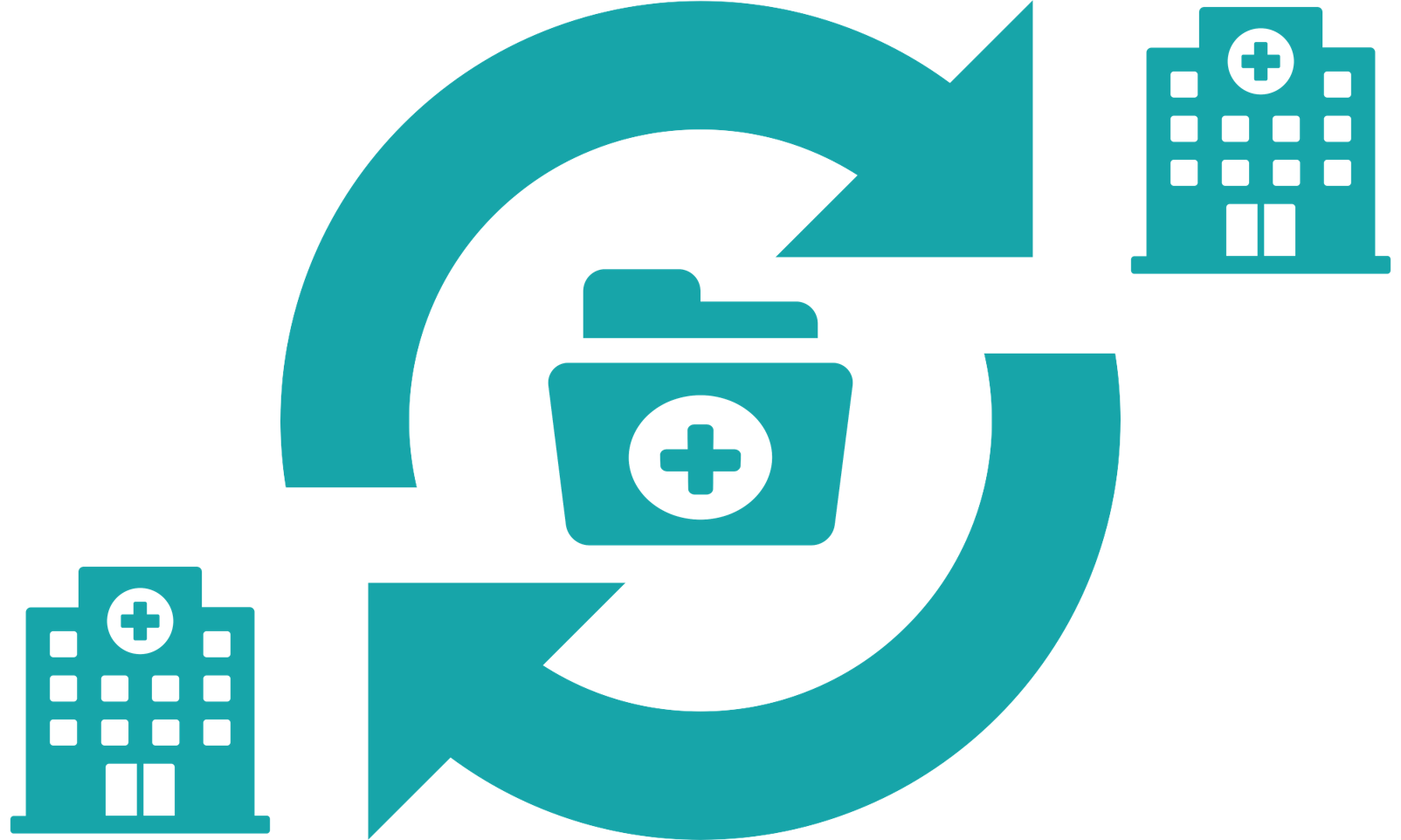
To be successful, medical assistants have to possess a number of different skills. While some of these abilities can be gained through education, other skills can only be acquired by experience. These skills include administrative and clinical tasks as well as soft skill such as listening and empathic skills.
Medical duties and medical skills
As a Medical Assistant, your primary focus is on the patient. You should be able do medical procedures such a blood draw, injections, vitals signs and lab tests. Also, you need to be familiar with safety, sanitation and the patient's privacy rights.
It is important that a medical assistant has organizational skills, because they are frequently involved in insurance and billing. Being organized will help you avoid mistakes and make sure that the records of your patients are accurate.
Medical assistants must have excellent communication skills. They need to be able communicate clearly and concisely, with patients, physicians and other members in the healthcare team. For example, they can relay instructions, medications, or care plans to patients in a manner that is easy to understand.

Another important skill for a medical assistant is the ability to solve issues. The ability to quickly and effectively solve problems that may arise at work is a key skill. This can mean that a patient is treated or a nursing staff gets their equipment fixed quickly.
Critical thinking abilities are also important for medical assistants, as they may need to make decisions in a hurry and under pressure. For example, deciding if a patient must be seen immediately by a physician or if an appointment can be made at another location.
Knowing how to draw urine and take blood samples requires knowledge of veins and venipuncture. You also need to know how calm patients who are nervous about needles. The clinical training that you will receive as a student pursuing a career as a medical assitant includes these skills.
Qualifications and skills for medical assistants
State and local requirements for becoming a Medical Assistant vary. Some states require medical assistants either to be certified in their field or have completed an accredited medical assisting course. If you do not have a medical assistant certification, it's vital that you work to earn it as quickly as possible.
If you are unsure of the requirements for a specific job, you can always speak to an experienced medical assistant or a supervisor at your workplace. They can provide you with guidance and help determine what skills are essential to learn.

List of medical Assistant Skills
You should emphasize your medical assistant skills in your resume. It will demonstrate to potential employers that your skills are diverse and you can handle all the duties required for this position.
They include communication, critical thinking and teamwork. Having these skills can be extremely beneficial when working as a medical assistant, especially if you work in a busy clinic with a lot of different patients.
Consider adding skills like time management and stress control to your résumé. All of these skills are hard to learn, but they make all the differences in your ability handle the demands that come with this profession.
FAQ
What's the difference between public health and health policy?
In this context, both terms refer to the decisions made by policymakers or legislators to create policies that affect how we deliver health services. For example, the decision to build a new hospital may be decided locally, regionally, or nationally. Similarly, the decision about whether to require employers to offer health insurance may be made by local, regional or national officials.
What is the role of the healthcare system?
The country's health care system is a vital part of its economy. It makes people live longer and more healthy lives. It also creates work for nurses, doctors and other medical professionals.
Health care systems help ensure everyone has access to quality healthcare services, regardless of income level.
You will need to be able to comprehend the functioning of healthcare systems if your goal is to be a doctor or nurse.
What are the services of health care?
The most important thing for patients to know is that they have access to quality healthcare at any time. We are here to help, no matter if you have an emergency or need a routine check-up.
We offer many types of appointments including walk-in clinics and same-day surgery. Home care visits are also available for patients who live away from our clinic. You don't have to come into our office if you are not comfortable. We'll make sure that you receive prompt care at your local hospital.
Our team includes pharmacists, dentists and nurses who all work together to provide excellent patient service. We strive to make every visit as simple and painless for our patients.
How can I become a creative professional in the field of health?
There are many paths to creative health professionals. Some people start out as students, while others begin their careers working in other fields such as business or engineering.
Some people choose to take a course in a particular topic, such as leadership, management, and health policy. Some choose to elective courses that examine different perspectives on health or health care.
Whatever your pathway, you'll learn about topics related to health and health care through lectures, readings, group discussions, assignments, and projects. Other options include workshops, conferences, or seminars.
The program will equip you with the knowledge and skills you need to interact with clients, colleagues, or patients in any capacity within the health sector.
You may even pursue a doctorate.
What should I know about vaccines?
Vaccines are very safe and effective ways to keep you healthy. Vaccines protect you from certain diseases. Vaccinations should be administered at specific times, such as during childhood, adolescence and adulthood. Your doctor will help you decide when is the best time to get vaccines.
Statistics
- Consuming over 10 percent of [3] (en.wikipedia.org)
- Over the first twenty-five years of this transformation, government contributions to healthcare expenditures have dropped from 36% to 15%, with the burden of managing this decrease falling largely on patients. (en.wikipedia.org)
- For instance, Chinese hospital charges tend toward 50% for drugs, another major percentage for equipment, and a small percentage for healthcare professional fees. (en.wikipedia.org)
- Foreign investment in hospitals—up to 70% ownership- has been encouraged as an incentive for privatization. (en.wikipedia.org)
- The healthcare sector is one of the largest and most complex in the U.S. economy, accounting for 18% of gross domestic product (GDP) in 2020.1 (investopedia.com)
External Links
How To
What are the Key Segments of the Healthcare Industry?
The key segments of healthcare include pharmaceuticals, diagnostics biotechnology, therapeutics, diagnosis, biotechnology and medical equipment.
Blood pressure monitors, defibrillators and stethoscopes are all medical devices. These devices are often used to diagnose, treat, or prevent diseases.
Pharmaceuticals are medicines prescribed to relieve symptoms or treat disease. Some examples include antihistamines and antibiotics.
Diagnostics can be performed by laboratories to detect illness, injury, or other conditions. These include blood tests, urine samples and CT scans.
Biotechnology refers essentially to the use of living organisms (such bacterium) to create useful substances which can be used by humans. You can find examples such as vaccines, insulin and enzymes.
Therapeutics are medical treatments that treat diseases or alleviate symptoms. They may involve drugs, radiation therapy, surgical interventions, etc.
Computer software programs used to manage patient records and medical information technology are part of health information technology. It allows them to track the medications being taken, their timing, and if they are functioning properly.
Any equipment used to diagnose, treat or monitor illnesses or conditions is medical equipment. Dialysis machines are dialysis tables, pacemakers ventilators, operating rooms, and other medical equipment.